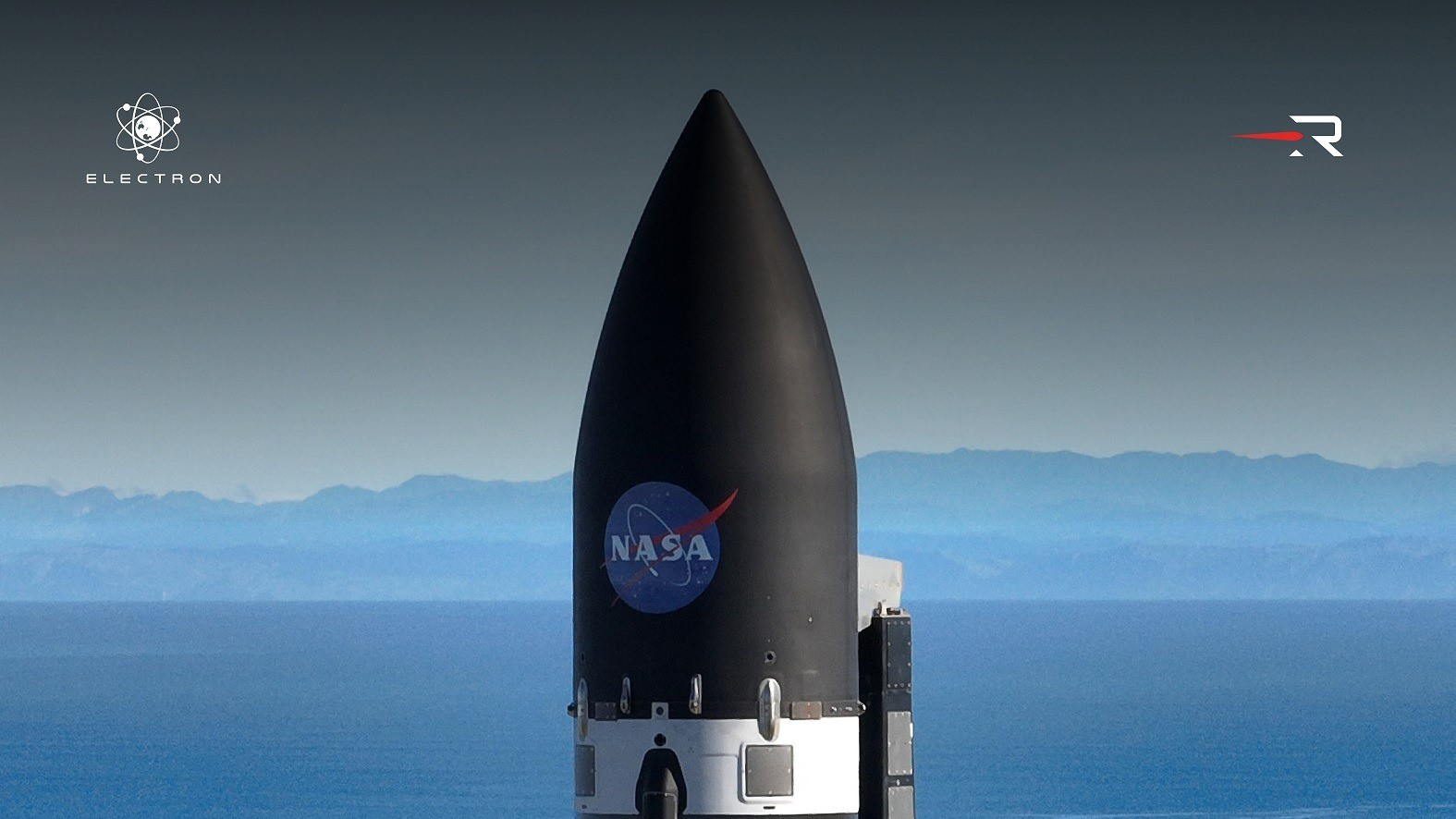NASA picks Rocket Lab to launch shoebox-sized Aspera space telescope in 2026
This little satellite may help answer some big questions.

NASA has selected Rocket Lab to launch its Aspera smallsat mission, which will study gases in the vast regions of space between galaxies.
Rocket Lab's Electron will launch Aspera, a cubesat being developed by the University of Arizona and NASA. The shoebox-sized satellite will use an onboard telescope to study the ultraviolet light emitted from gases adrift between galaxies.
The launch is targeted for the first quarter of 2026, from Rocket Lab's Launch Complex 1 in New Zealand. The selection of Rocket Lab is part of NASA's $300 million Venture-Class Acquisition of Dedicated and Rideshare (VADR) launch services contract, and adds to a growing list of science missions which with agency has entrusted the launch company, including PREFIRE, TROPICS and CAPSTONE.
“As a long-trusted launch partner for NASA’s most pioneering small satellites, it’s great to be able to continue that support for another innovative science mission like Aspera," Rocket Lab CEO Peter Beck said in a statement.
Aspera will measure the inflow and outflow of gases between galaxies, called the circumgalactic medium, which scientists believe may contribute to star formation and galaxy evolution. The mission is part of NASA's Pioneers Program, in the space agency's Astrophysics Division, which provides funding to lower-cost astrophysics missions.
"We have a good understanding of how much gas there must be in galaxies to explain how many stars we see, but we've searched far and wide and still cannot find most of it," Aspera Principal Investigator Carlos Vargas said in a February update from the University of Arizona about the mission's manufacturing process.
Rocket Lab has also been contracted to launch a mission with the U.S. Air Force Research Laboratory (AFRL) using Neutron, the partially reusable new rocket the company is developing. Neutron is slated for its first launch sometime later this year, with its AFRL mission set for 2026.
Breaking space news, the latest updates on rocket launches, skywatching events and more!
The next liftoff of the 59-foot-tall (18 meters) Electron is scheduled for Saturday (May 17). That mission will loft a synthetic aperture radar (SAR) imaging satellite for the company iQPS called QPS-SAR-10 (nicknamed “WADATSUMI-I” for the Japanese god of the sea). The spacecraft will join iQPS’ growing constellation of high resolution Earth-imaging satellites.

Josh Dinner is the Staff Writer for Spaceflight at Space.com. He is a writer and photographer with a passion for science and space exploration, and has been working the space beat since 2016. Josh has covered the evolution of NASA's commercial spaceflight partnerships and crewed missions from the Space Coast, as well as NASA science missions and more. He also enjoys building 1:144-scale model rockets and human-flown spacecraft. Find some of Josh's launch photography on Instagram and his website, and follow him on X, where he mostly posts in haiku.
You must confirm your public display name before commenting
Please logout and then login again, you will then be prompted to enter your display name.
